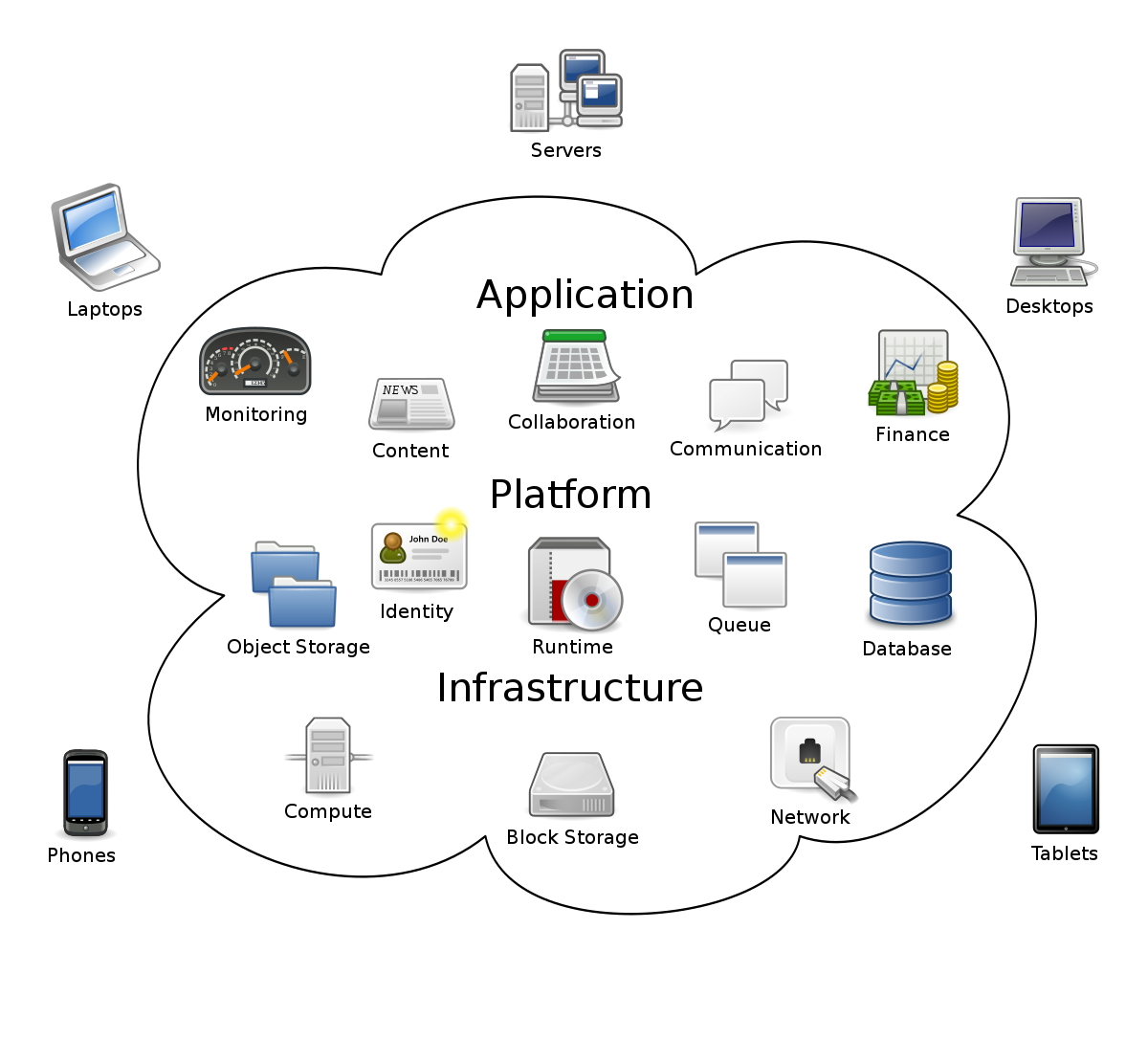Many businesses rely heavily on a cloud computer system these days. Such digital storage options are more effective, lower cost, and space-friendly than buying and housing big servers on-site at an office, warehouse, etc.
However, even though cloud computing is so popular and well-utilized now, many of us continue to hear many mistruths, half-truths, and complete myths about the cloud’s place in an organization. It’s time to bust some of the most common cloud computing falsehoods today.
Your Work is Either in the Cloud or Not
A misconception that does the rounds is that it’s an either-or thing with the cloud, so you’re either in it or not. However, that’s not necessarily the case. Many businesses these days enjoy a hybrid setup. They move some data and convert some systems and processes to the public cloud, but also have some in a private cloud and in physical business premise storage facilities, too.
It doesn’t have to be just one or the other, public cloud or on-premises solutions. You can create a range of options to suit your company’s specific needs, which are also likely to evolve over time. A multi-step approach can be the right solution for many firms.
The Cloud Isn’t Secure
One of the biggest myths about cloud computing is that this type of storage isn’t secure. However, in reality, cloud tech providers take security incredibly seriously because they’re looking after so much information from so many clients and have responsibilities to keep details as secure as possible.
They’d be out of business pretty quickly if they didn’t focus on security precautions. Providers face multiple compliance requirements and are subject to numerous regulatory bodies. As such, they typically employ dozens of different security measures and go above and beyond what most firms would do in their own data storage facilities.
You Don’t Need to Worry About Security Once You Move to the Cloud
On the other hand, just because you store data in the cloud doesn’t mean there’s zero percent chance of something happening to your information. No service is ever 100 percent safe and immune to outages created by systems or even, sometimes, people.
Business owners should ignore the myth that they don’t need to worry about security at all once they’ve moved to the cloud. Don’t neglect business continuity and disaster recovery planning. Have backup strategies in place and be prepared to handle downtime, especially for any business-critical processes you run in the cloud. Most cloud services have automatic backup and recovery options, but it’s best not to rely on that completely. Multiple back-ups provide peace of mind.
When choosing which platform(s) to trust with your venture’s precious data, research their security measures, so you know how they keep information safe. Look for cloud services that boast a well-architected framework based on best-practice cloud architectural design principles.
The Only Real Benefit of the Cloud is Cost Savings
If you think that the only real reason to move to the cloud is to save money, you’re not alone. However, it’s a myth that the benefits end there. While you can often enjoy cost savings from utilizing public cloud services, this isn’t a given, and you need to analyze your situation to see what will truly be the case for your organization.
On the other hand, the main reason why many businesses choose to migrate to the cloud is for agility. Other benefits include scalability, flexibility, quality control, sustainability, mobility, security, and increased collaborations.
The Cloud Suits Every Need
Another pervasive myth to understand is the one that indicates the cloud suits every need. The truth of the matter is that while the cloud is great for many firms and situations, it’s doesn’t fit every workload. Many businesses require a hybrid combination of public and private cloud services as well as dedicated on-premises infrastructure.
Not all applications are fit for the cloud, either, and sometimes moving a legacy application causes more harm than good. Always look into every facet of how data flows in, out, and around your company. Consider your future needs and the risks of moving data. Be open to utilizing non-cloud solutions where needed.
Some other cloud computer myths to keep in mind include that:
- It’s either quick or too time-consuming to switch over to a cloud system
- Using the cloud involves one system or vendor
- Service providers can handle everything and anything
- The cloud is still too new and untested to believe in
- You give up control when you move to the cloud
As you can see, much of the information you’ve likely heard about using the cloud is incorrect or outdated. Do your due diligence before deciding what’s best for your firm and its data storage and security needs.
